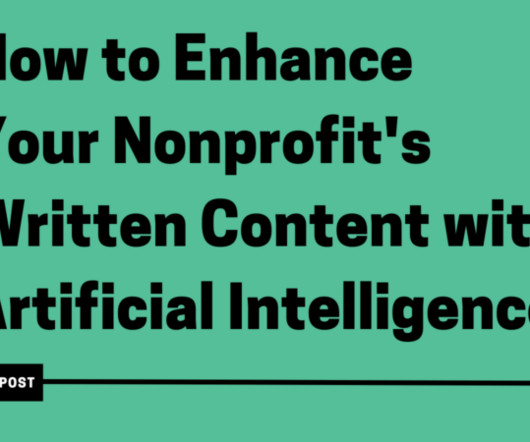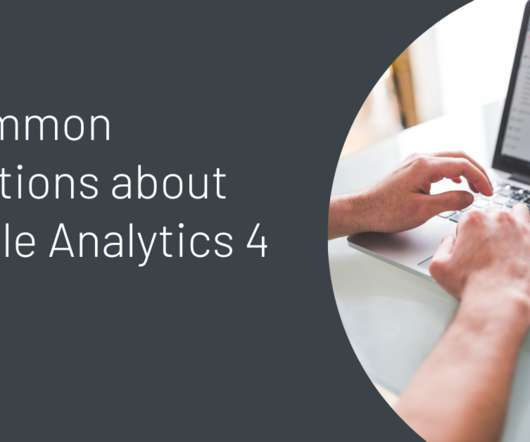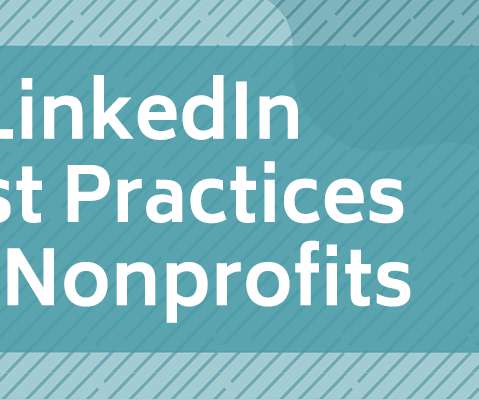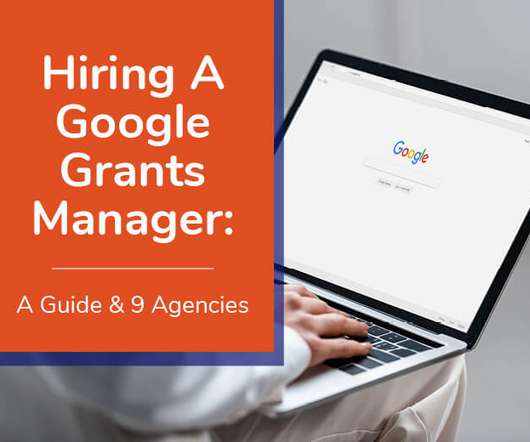Audience-Engagement Successes and Failures
Museum 2.0
OCTOBER 8, 2019
Audience-centered for me is a subset of human-centered. Audiences are a portion of the humans in the museum ecosystem. The reason I think of a museum as human-centered is that to become audience-centered your organization has to center people. Without an internal understanding of humanity, it’s hard to be audience-centered.








































Let's personalize your content